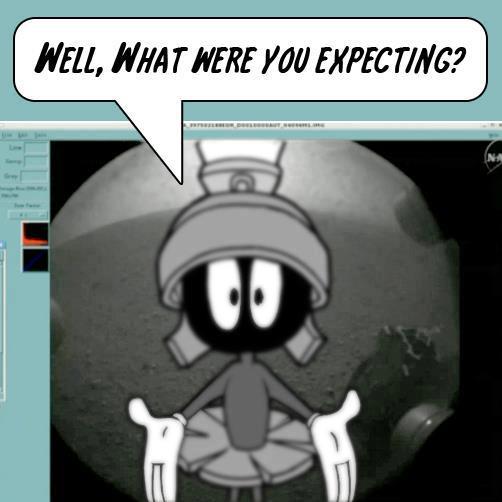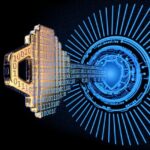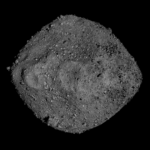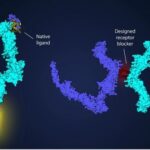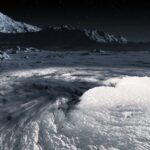There is something that Curiosity, the Martian rover, discovered in the last week that is creating a stir, but the NASA team is keeping things under wraps before officially going public. John Grotzinger, the principal investigator for the Martian science mission at Caltech in Pasadena, California, describes data from the on board chemistry lab as “one for the history books.” But what the rover has found needs to be verified through a series of multiple checks to make sure it is real.
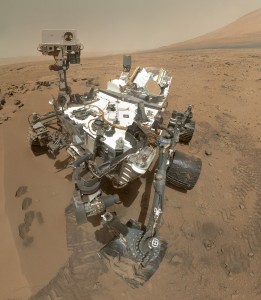
What are we talking about here? The instrument involved is affectionately called SAM which stands for Sample Analysis at Mars. SAM has three different laboratory tools, all improvements over the instrumentation that the Viking landers used in their initial attempts in 1976 to find evidence of past life on Mars.
One tool is a mass spectrometer which separates elements and compounds by mass for identification and measurement.
The second is a gas chromatograph which vaporizes soil and rock samples to analyze the gases they emit.
The third is a tunable laser spectrometer which measures various isotopes of carbon, hydrogen and oxygen in sampled Martian atmospheric gases. The laser spectrometer is the principal tool searching for methane and water vapour.
Measurement by these tools is accurate to within 10 parts per thousand. SAM, therefore, is in the business of finding compounds essential for life both past and present and by sampling Martian rocks, soil and atmosphere, can come very close to telling us if there is life on Mars today.
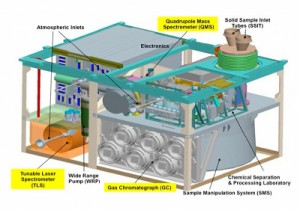
That “one for the history books” statement, in light of what we know SAM is analyzing, leads to some interesting speculation. I don’t know about you, but Curiosity is a mere 107 days into its mission and may already have contributed to what may prove to be the definitive moment in our understanding of the existence of life in the Universe. I can’t wait to hear more. The official announcement is planned for the American Geophysical Union’s fall meeting in San Francisco starting the week of December 3rd.
Stay tuned!
